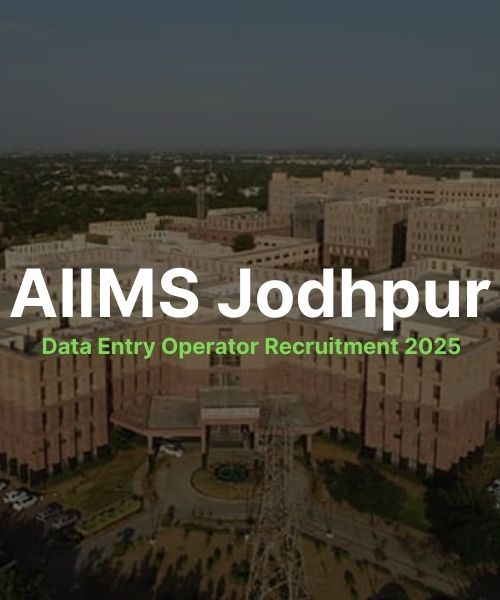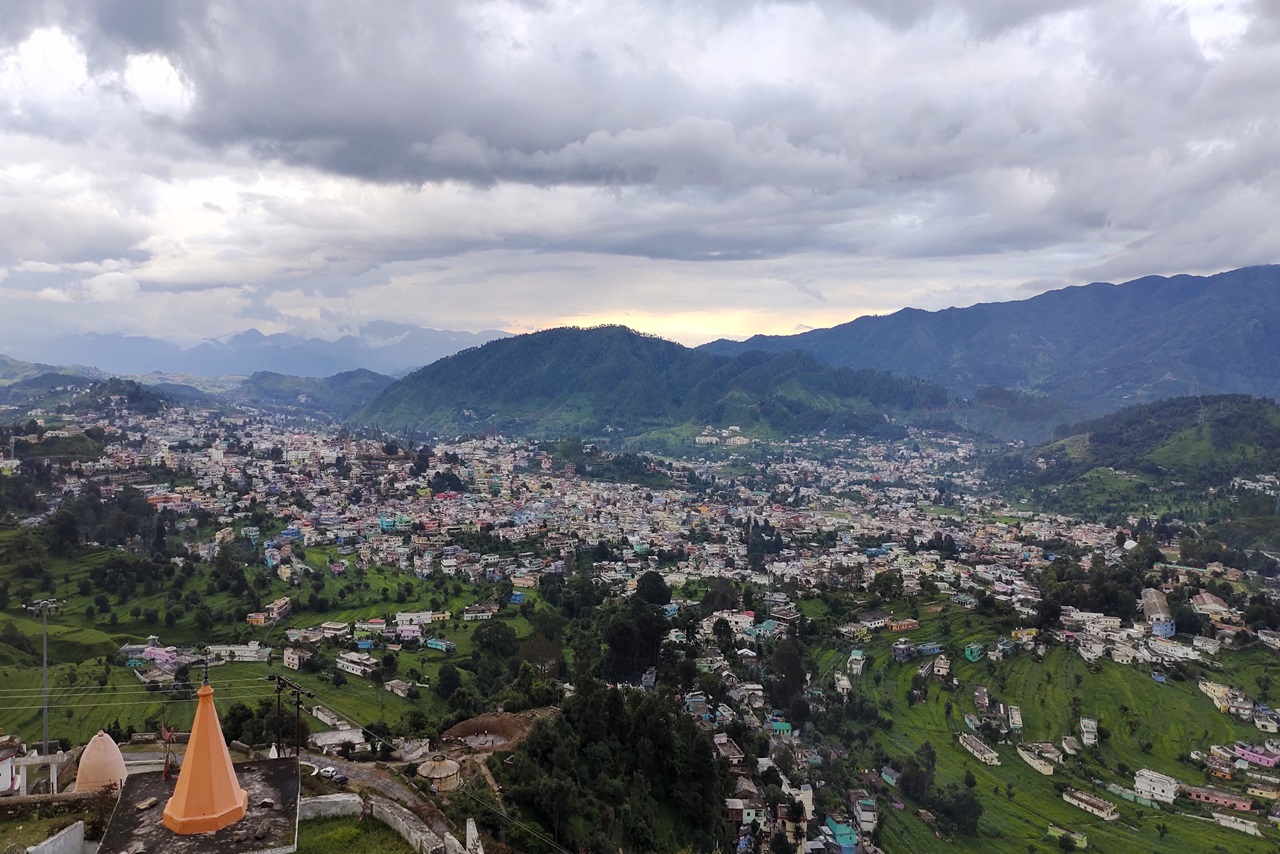Dharchula
If you ask someone about Dharchula (धारचूला), they may point at the map and say, “border town.” But standing here, between the hills and the restless Kali (काली) river, it doesn’t feel like a border. It feels like one big home with a river running through the middle. In this aspect, India is, however, Nepal, but voices, smells, and footsteps circulate the bridge every day as if there has been no line in any respect.
If you ask someone about Dharchula (धारचूला), they may point at the map and say, “border town.” But standing here, between the hills and the restless Kali (काली) river, it doesn’t feel like a border. It feels like one big home with a river running through the middle. In this aspect, India is, however, Nepal, but voices, smells, and footsteps circulate the bridge every day as if there has been no line in any respect.
Mornings are unhurried. A hen somewhere begins, and the sound bounces off the stone partitions. Women, wrapped in woolen shawls, step out with brass lotas (लोटा) to fetch water. Smoke from the चूल्हा (dust stove) rises slowly, carrying the odor of wood combined with ginger tea.
At tea stalls, small groups already gather. The men sip hot chai, their fingers tight around the glasses to fight the mountain chill. They talk of crops (फसल), the weather, or maybe about someone’s son who just left for the सेना (army). Children, half-asleep, tug on sweaters, chasing goats before their school bell calls them. The river hums in the background, never quiet.
On paper, Dharchula has about seven thousand people. The literacy (साक्षरता) rate is high too, almost ninety percent. But numbers say little. They cannot show the smile of a grandmother singing a लोरी (lullaby) while cutting vegetables, or the scene of Nepali and Indian shopkeepers bargaining and laughing over sacks of rice.
The border is official only on maps. During Diwali (दीवाली) or Dashain (दशैं), people cross the bridge without thinking twice. Families exchange sweets, join weddings, and share fields. For them, रिश्ते (relations) are stronger than rules drawn by pens.
Faith here is not loud. It’s in the small things. A diya (दीया) is lit before dinner. A bell (घंटी) ringing in a nook shrine. A whispered प्रार्थना (prayer) earlier than youngsters go away for school.
High above, the Panchachuli peaks stand like vintage guardians. At sunrise, they shine gold within the mornings, and they blush pink. People take a look at them with folded palms, not because a person told them to, but because living here, the mountains feel alive, like family. Narayan Ashram, sitting better within the hills, is a place people visit when they need silence, after they need to pay attention to their personal hearts.
The homes right here carry records of their walls. Stones stacked cautiously, roofs manufactured from slate, wood beams blackened by years of smoke. Courtyards (आंगन) are small, however, alive. Red chillies dry in the sun, maize (मकई) hangs in golden bunches, and the children draw patterns on walls with chalk.
Step into one, and you’ll never leave empty-handed. A cup of chai, maybe with jaggery (गुड़) if sugar runs low. Walnuts (अखरोट) cracked fresh from the orchard. It’s a culture where no guest is kept waiting. The true धन (wealth) here is the way people open their doors, and their hearts, without hesitation.
Market day changes the pace of Dharchula. Stalls line up with greens, brass pots, woollen socks, and spices. The air fills with the scent of पकौड़े (pakoras) and jalebis frying in warm oil. Children pull at their moms’ dupattas, pointing to balloons or wooden toys.
The tea shops, although, are where the real trade happens. Over one glass of steaming chai, hours of communication. Will the rains be kind? How awful a lot are potatoes selling for? Should a boy be part of the army or attempt an activity in Delhi? In those small corners, the heartbeat of Dharchula beats most powerfully. Fields and Heritage (खेती और पहचान)
The hills around are terraced (सीढ़ीदार खेत), each step cut via generations earlier than. Mandua (मंडुआ), rajma, potatoes, and leafy greens develop here. Women, with scarves tied tight, sing people songs (लोकगीत) as the paintings. Children deliver bundles of grass for the goat; their laughter echoes through the valley.
Farming isn't always just काम (work). It is विरासत (heritage). A way of saying we belong to this soil, and this soil belongs to us.
Festivals do not take place at the river. In Harela, barley seeds are sown in tiny pots. On Makar Sankranti, तिल के लड्डू (sesame goodies) are made in every kitchen. Weddings fill the air with ढोल-दमाऊं (oldsters' drums) and the voices of girls making music.
And when Diwali lamps flicker, their glow crosses the water. Nepali families join Indian houses for feasts, and Indian families walk over for Dashain. The border does not exist at some stage in those times; the handiest factor seen is the lithe light lamps and the sound of laughter.
Here, seasons are not just weather. They decide festivals, crops, moods, and even songs sung at dusk.
Schools stand simple, blue and white, walls peeling in places. Children recite poems and multiplication tables. At the closing bell, they scatter, some to graze goats, some to fetch water, some to study under dim bulbs at night.
Dreams are many. Some want to be teachers, some soldiers, some doctors. Others just want to farm the same fields as their fathers. But in all of them is the same hope that life, in these hills, keeps moving forward while holding on to its roots.
When you leave Dharchula, you don’t take souvenirs. You take the sound of the river rushing under the bridge at night. The taste of tea sweetened with गुड़. The smell of pine and wood smoke. The sight of Panchachuli glowing when the sun dips low.
Dharchula doesn’t impress in a hurry. It stays with you quietly, like a whisper (फुसफुसाहट), like a prayer folded into the wind.


| All Sub Districts | ||
|---|---|---|
| Dharchula | Didihat | Ganai Gangoli |
| Gangolihat | Kanalichhina | Munsiari |
| Pankhu | Tejam | Thal |
| test123 | ||

Uttarakhand is not simply another country. People here name it Devbhoomi (देवभूमि), the Land of the Gods. And it feels that way. Rivers begin right he......
See Details